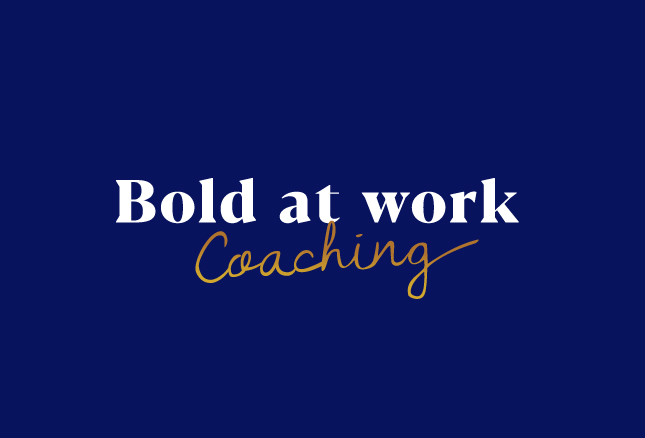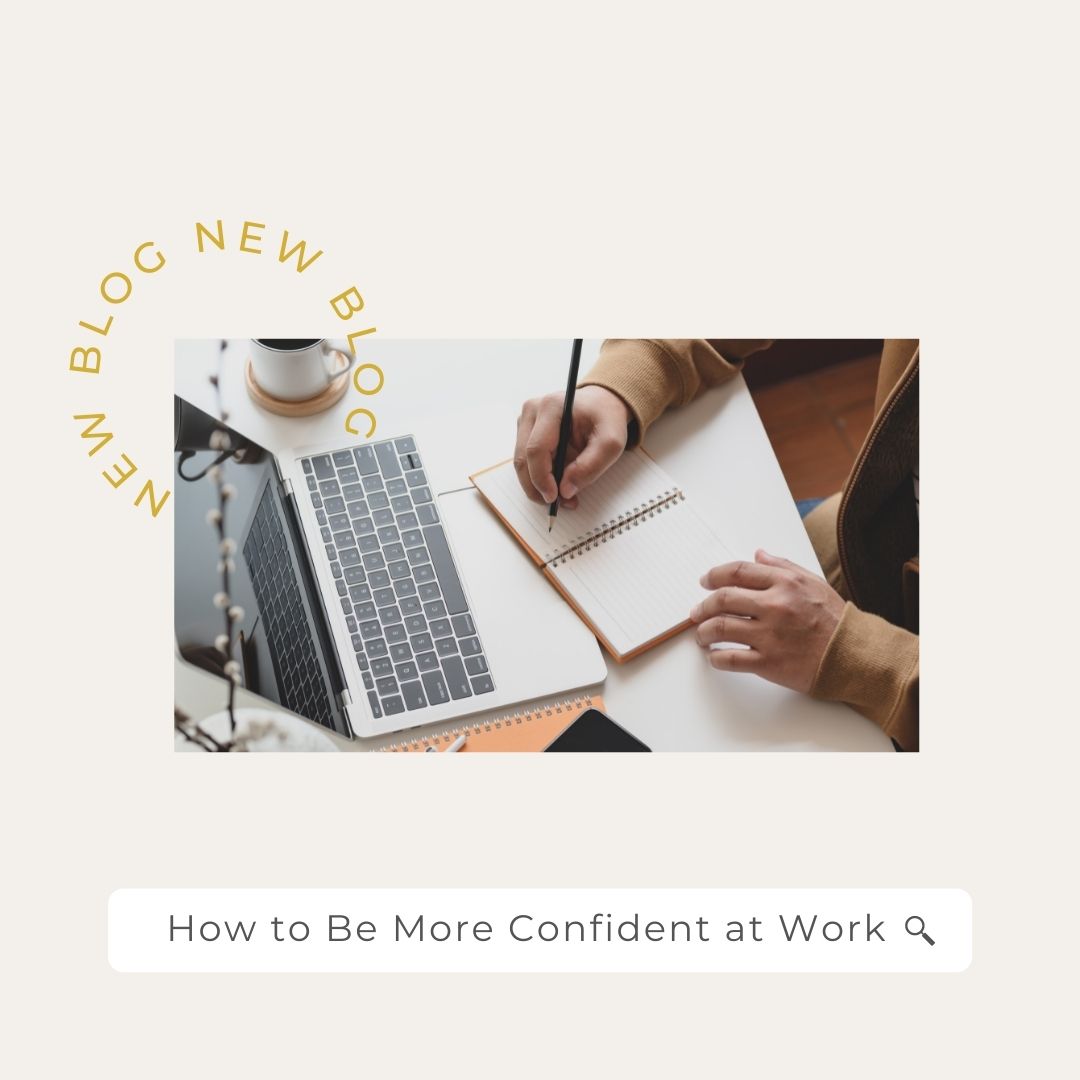“Effective communication is absolutely key in order to have a successful career.”
Yes, that’s probably something you have heard before, but what is the real meaning of this? In this blog post, we will begin to explore the fundamentals of effective communication starting with the basic communication styles.
So what does having good communication skills actually mean? Does it mean to be good at presenting? Or being able to speak up in meetings?
Actually, it takes more than just being able to speak well, to be successful in your career. You also need to have good listening skills, show empathy and be able to read people’s body language.
Communicating in an effective way can be daunting, so let’s start with the basics: the main communication styles.
Did you ever have a conversation with a colleague or manager where communication wasn’t flowing naturally and you misunderstood each other? It can feel like you’re speaking a different language, right?
Or did it ever happen to you that you saw a particular colleague communicating in a very domineering way, always trying to impose her point of view and not listening to others?
I used to think that those dominant types of people were assertive, but boy was I wrong. Because of this wrong definition, I thought assertiveness meant being rude or selfish. But that’s not at all the case, but more on that later.
What are the basic communication styles?
Actually, there are 4 main types of communication styles that are commonly used to express oneself.
And it’s absolutely KEY to know them so you can communicate better. Also, being aware of the communication style of others will help you to adjust accordingly.
People tend to use one of the following styles when communicating with others:
- The passive style is a way of expressing one’s feelings without confrontation while being submissive.
- The passive-aggressive style is often seen as a way for people to express anger without openly displaying it or confronting the person they are angry at.
- The aggressive style is characterized by a strong domineering tone of voice and often very intense eye contact. An aggressive communicator’s voice matches their posture and is loud and challenging.
- The assertive style is a way of standing up for yourself, being clear and direct when sharing your thoughts and feelings, and protecting your rights without taking away the rights of other people.
The best way to identify the communication style you or another person is adopting, is to notice the phrases and behaviors that are being used most often in your conversations with people around you.
Let’s dive deeper so you know what you are dealing with!
1. The passive communication style
People that have a passive communication style are often afraid to be perceived as rude or aggressive when speaking up.
Passive communicators struggle to express themselves and feel they’re not worth having their needs met, because they are not able to communicate what they want or need. Passive communicators are also more likely than other people to:
- feel guilty and ashamed,
- crave acceptance,
- fear rejection
- feel overwhelmed
Some common ways to identify if you have a passive communication style are: ( if you)
- Say sorry all the time
- Over-justify your actions
- Avoid to express yourself
- Avoid to receive feedback, whether it’s positive or negative
- Reject compliments or downplay them
Some of the causes for passive communication can be: a traumatic event in their past, negative limiting beliefs and lack of self-confidence or low self esteem.
The passive communicator says or thinks, “People walk all over me” and “No one cares how I feel about this.”
2. The aggressive communication style
On the other side of the spectrum, we have the aggressive communication style, which is a style that can be intimidating to the people that receive the message and is often used when the communicator wants to dominate the discussion and doesn’t want to listen to others.
It’s very likely that at least once in your career you have probably encountered a colleague that has this communication style, I know I have.
Examples of an aggressive communication style include:
- being overbearing
- interrupting others
- making accusations and criticizing without reason
- blaming anyone else except oneself
- not listening or putting down other people’s opinions
The aggressive communicator says or thinks, “I always get what I want—whatever it takes” and “You’re worthless; you owe me.”
3. The passive-aggressive communication style
Let’s not forget we also have the passive-aggressive communication style that is a combination of both styles and it is sometimes more difficult to catch because it’s more subtle.
Passive-aggressive communicators seem passive but act out their aggression through covert, indirect acts of anger. This style is closely related to feelings of powerlessness and the inability to face the actual problematic person or situation.
Therefore, passive-aggressive people tend to choose to hit back indirectly by appearing fine on the surface but undermining those who they feel have offended or hurt them.
They very often use sarcasm and inappropriate emotions, for example, smiling and acting nicely even when something has angered them, and mutter under their breath instead of speaking out.
The passive-aggressive communicator says or thinks, “That’s fine . . . (That’s what you think)” and “They’ll see what happens to people who mess with me.”
4. The assertive communication style
A lot of people mistakenly think that communication can’t be a win-win game, that there’s always someone who has to “lose” or “give in”.
But guess where lies the perfect sweet spot in the spectrum of communication? That’s right: the assertive communication style.
Assertiveness is when people feel comfortable expressing their needs and feelings. It’s about being honest with oneself as well as with other people. It allows us to stand up for our rights and express our thoughts without fear of offending someone or starting a conflict.
This is important in the workplace because it builds trust and relationships, hence it’s a win-win approach.
Assertiveness is the most balanced out of the four communication styles.
People who communicate assertively use their words to create a sense of equality between themselves and the person they are talking to.
In other words, It is important to express your opinions, but also be open to listening to other people as well.
Assertiveness is a very important part of communication and it has many benefits, such as how it can help people get their point across. Being assertive also helps people avoid misunderstandings and confusion while still being polite and compassionate to others.
An assertive communication style is characterized by:
- Respecting yourself and others
- Expressing your opinion while listening to others
- Knowing how to set healthy boundaries
- Giving and receiving feedback effectively
The assertive communicator says or thinks, “We’re both entitled to respectfully express our opinion” and “I’m responsible for myself and no one owes me anything.”
Let’s chat!
Did this help you to identify your main communication style?
Let me know in the comments down below!



Thanks for sharing. Communication is an art and we get better at it the more we practice.
I’m usually passive in my style. I wish I could be more assertive. Unfortunately I work with people who are aggressive or passive aggressive.
Good communication is definitely key!
This is really insightful. We need to be better at communication as it’s the core of everything!
Very interesting, this is really helpful in learning how we all communicate.